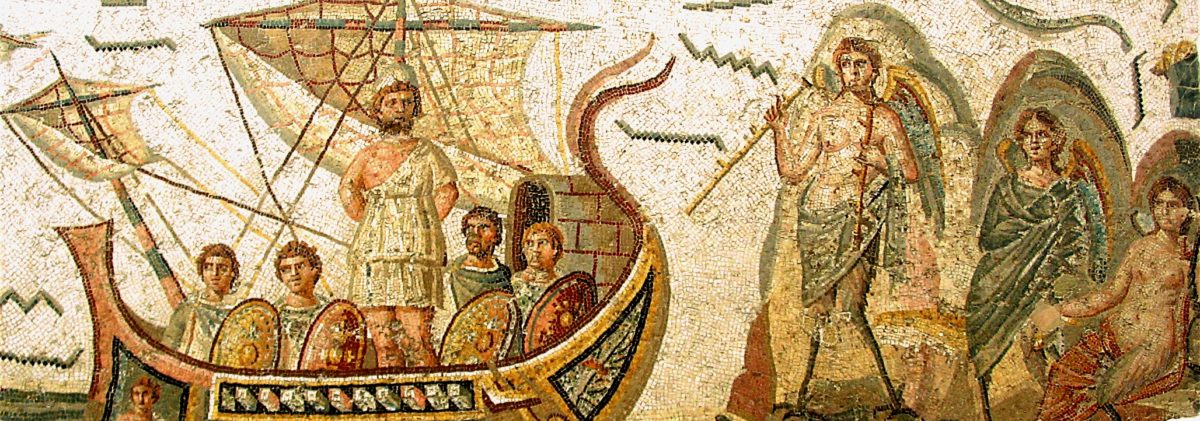You may or may not have read about the devastating fire that engulfed the National Museum of Brazil three days ago on September 2, 2018. The museum housed over 20 million objects, including the largest collection of ancient Egyptian, Greek, and Roman artifacts in Latin America and one of the largest in the entire western hemisphere. While the extent of the destruction has not yet been fully assessed, it is highly probable that nearly all the artifacts in these collections were destroyed or irreparably damaged by the fire. The entire interior of the building appears to have been reduced to nothing but ash and broken rubble. Worst of all, this destruction was not a freak accident of nature or an inevitable result of the Second Law of Thermodynamics; this disaster was entirely preventable. It was entirely the result of sheer human carelessness.
Continue reading “National Museum of Brazil Fire Should Come as a Warning”










